Is your garden looking stale? It’s need of a transformation. Here’s a comprehensive guide on how to pull off a garden makeover.
Your backyard can be like your own outdoor oasis. If your backyard or garden isn’t a place that you want to spend time in, you’re missing out.
You want your garden to be a place that relaxes you, a place to enjoy with friends and family, and the showstopper of your home. A garden makeover can boost the value of your home, and most importantly create the space you’ve been dreaming of. For that you may need to employee professionals for some tasks, like tree care and garden maintenance provider in Irvine.
From water features and statues to beautiful new seating areas, this guide will go over some garden makeover tips and garden design ideas, you can easily pull off in your own home.
Add a Statement Statue
If your garden is lacking that special something, try shopping for a beautiful statement statue to add to your space. Bronze statues, for example, can make a gorgeous and timeless statement piece that you’ll enjoy looking at every day in your garden.
There are statues to match almost anyone’s style and interests. From mermaids to wildlife, imagine looking at your beautiful new garden each morning and having a one of a kind statue in your yard each morning.
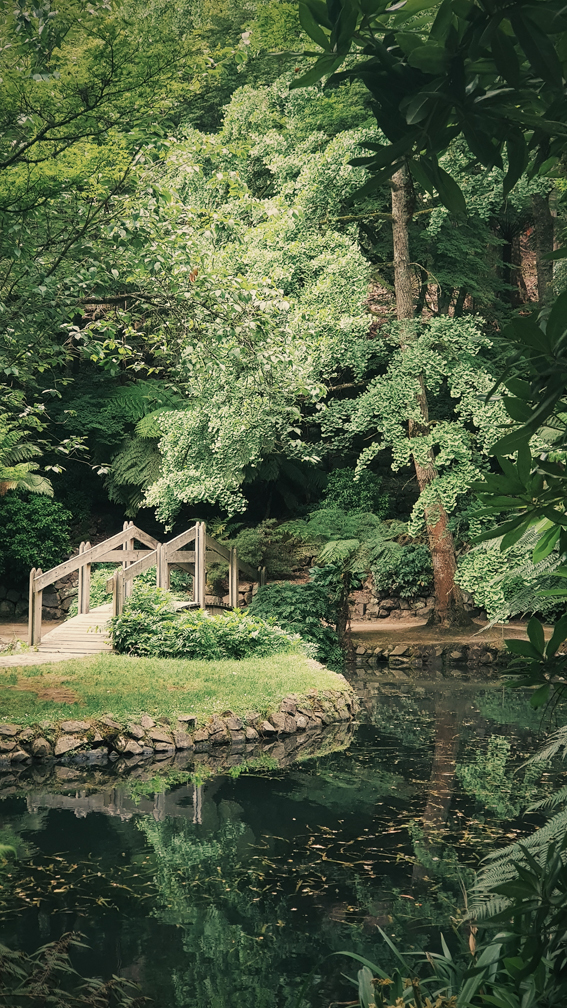
Install a Water Feature
Adding a water feature to your garden definitely makes it a more peaceful and relaxing space to enjoy.
There is something about the sound of running or flowing water that can make even the most stressful day better.
While you’re out pruning or picking vegetables, you can be listing to the sound of a fountain, or a waterfall while you work or just enjoying the view.
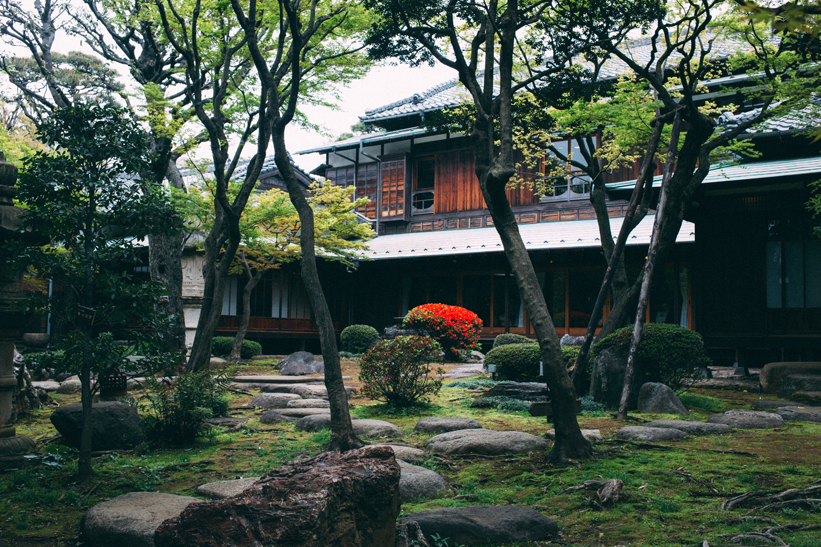
Replace Your Flowers, Shrubs, or Trees
There is nothing pleasant to look at about old shrubs, dead flowers, or dead trees. If you let your garden go for whatever reason or moved into a home with a garden that wasn’t well maintained, try removing all of your old landscaping that can’t be salvaged.
Do a little homework here and research the hardiness zones for the area you live in. This can help ensure the new plants you put in have the best chance for survival.
Taking out dead flowers and shrubs will help freshen up your space and allow you to plant beautiful new flowers, trees, or bushes to enjoy for many years to come.
When it comes time to choose plants, consider the region you live in, your soil type, and also if the area sees a lot of sunlight or shade.
Start a Vegetable Garden
If you like to garden with herbs and vegetables in addition to flowers, a garden makeover is a perfect time to plant some fruit, veggies, or herbs for you and your family to enjoy.
Research which soil type and climate you have to learn when the best time of the year is to plant your vegetables. You can also look at what vegetables do well in your climate.
There is nothing more satisfying than growing your own food and enjoying it at home. From cucumbers to tomatoes, find the best space in your garden and plant some of your favorite vegetables. Your garden will smell amazing too.
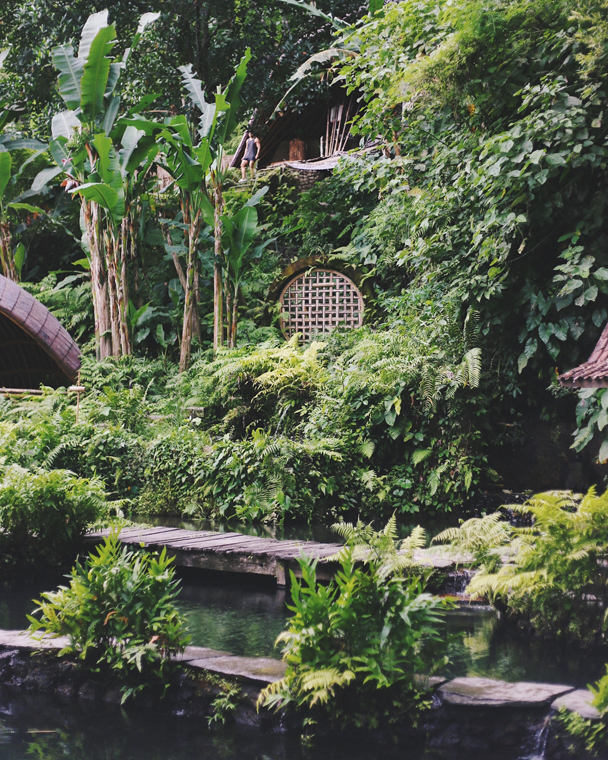
Go Vertical
When you’re designing your new garden oasis, don’t forget to garden upwards as well. You can create a beautiful vertical space with arbors, vines on trellises, or walls of plants or succulents for example.
If you have two trees close together, you can even add a hammock to create some vertical interest and also provide a beautiful place to rest and enjoy your garden.

Create Scenes or Zones
If you’re designing a large garden, be sure to incorporate some seating and some viewing areas. You’ll want to think of your garden in zones and add space to enjoy each.
You might have your focal point which is a statue, a water feature, or a large landscaping piece. Then you’ll have your vegetables if you planted them, flower beds, shrubs, and trees.
Around each area, add a bench, a seat, or space to view your beautiful garden oasis. With any garden comes the need for tools and equipment, and the best way to store them safely and out of sight it with a shed. Search Sheds for sale to find one that suits your purposes and compliments the aesthetic of your garden.
Re-Vamp Your Deck
If you have a beautiful garden view off the back of your home with an outdated and worn out deck, consider giving your deck some attention as well. If your deck needs repair or re-staining, don’t assume you need to rip it out and build a new one. Deck restoration is an option if your deck is still structurally sound.
Your deck will be an additional place to view your garden, soak up the sun, dine out, and grill your new homegrown vegetables.
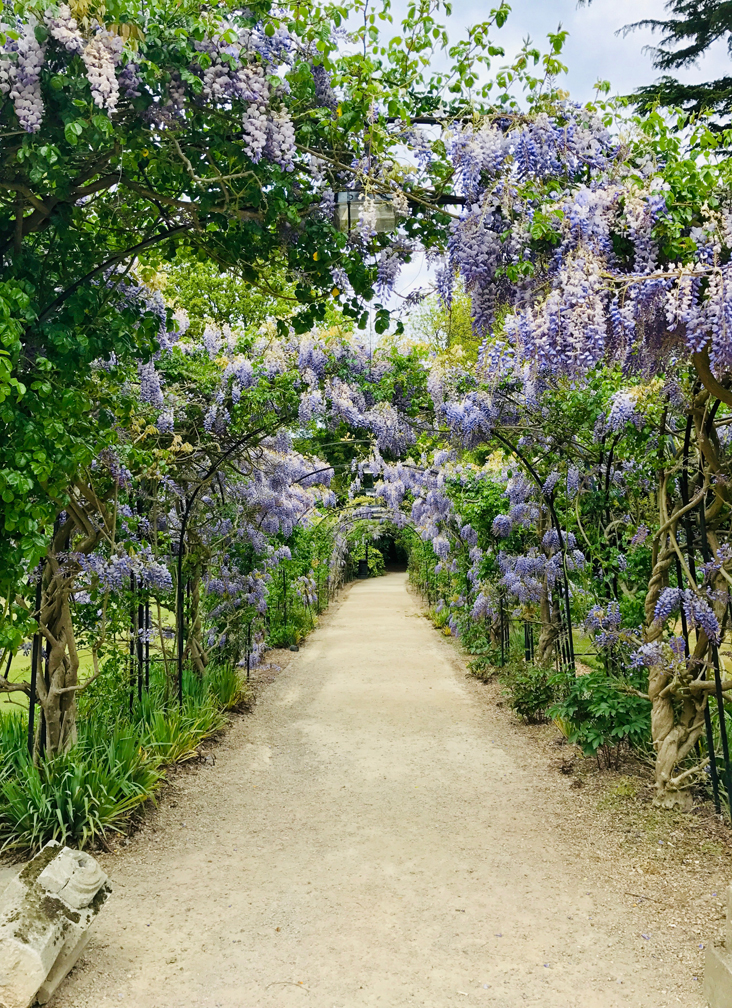
Put in a New Pathway
To get from your home to your new garden, think about creating a pathway. You can add a sidewalk, paver stones, or pretty tile to create a path from your back door all the way to the back of your garden.
You can also have the path to move people along to the different zones you created.
If you don’t want to add pavers or cement in multiple places, you can also add stones or crushed gravel.
Add a Dining Area
If you want to make the most of your garden makeover, create a space to eat and entertain in your garden. You can dine alfresco, entertaining friends or just enjoy your morning cup of coffee and a good book. Make sure to select quality furniture like rattan garden furniture, that can withstand elements such as sun exposure and rain.
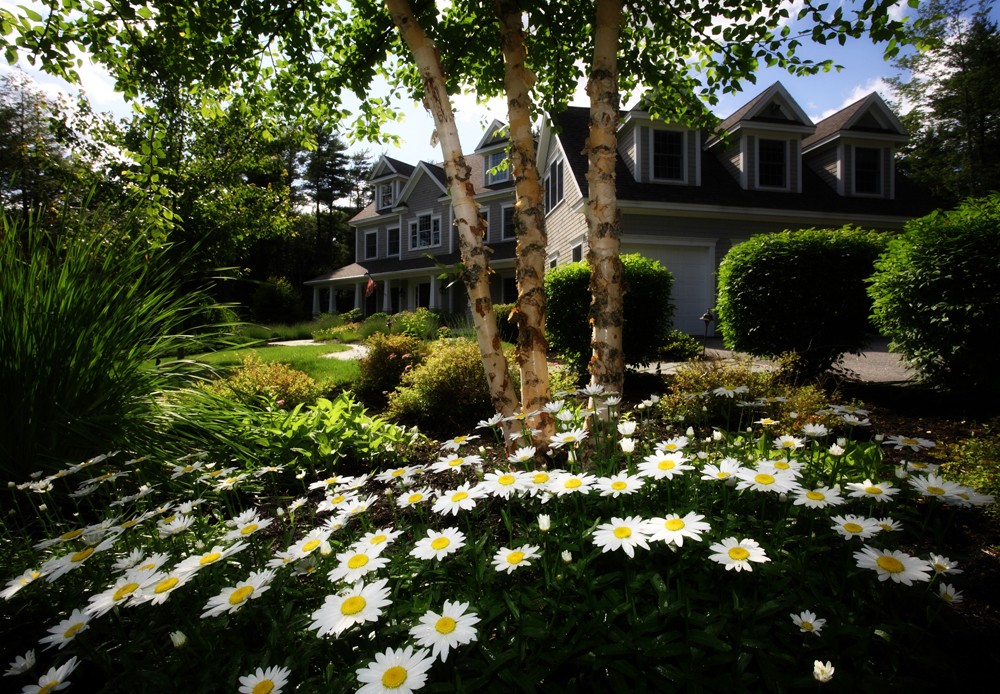
Create Some Shade
Both people and plants will do well with some shade in your garden. If there isn’t any shade currently, add a tree, a pergola, or an umbrella for a little area with some shade from the sun.
You’ll enjoy a nice area that is a little cooler and your plants or vegetable will also get some shade when needed.
Enjoy Your New Garden Makeover
The best part about a garden makeover is that you get to sit back and enjoy all of your hard work.
Not only will you have a beautiful new space to enjoy growing flowers and vegetables or listening to a waterfall, but you’ll also have a stunning new view to wake up to each day.
From creating an outdoor eating area to adding a vegetable garden, your garden makeover will transform how you use your outdoor space.
For more design tips and décor ideas, visit the tutorials and DIY section for helpful guides and inspiration. Thanks to Bronzeman.com for consulting.
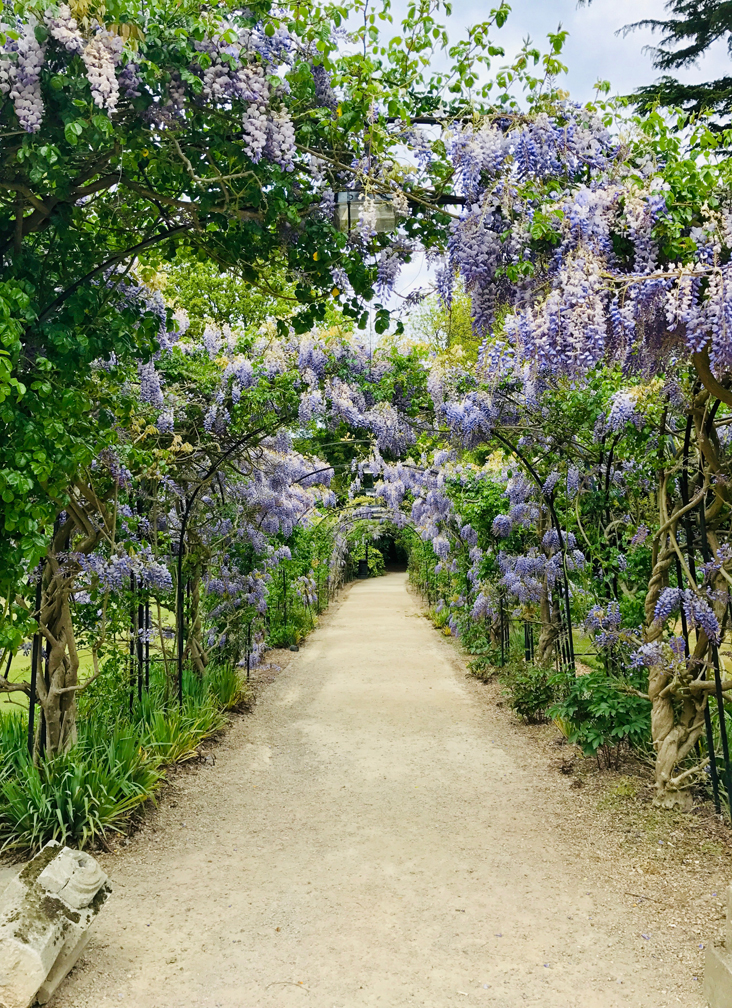



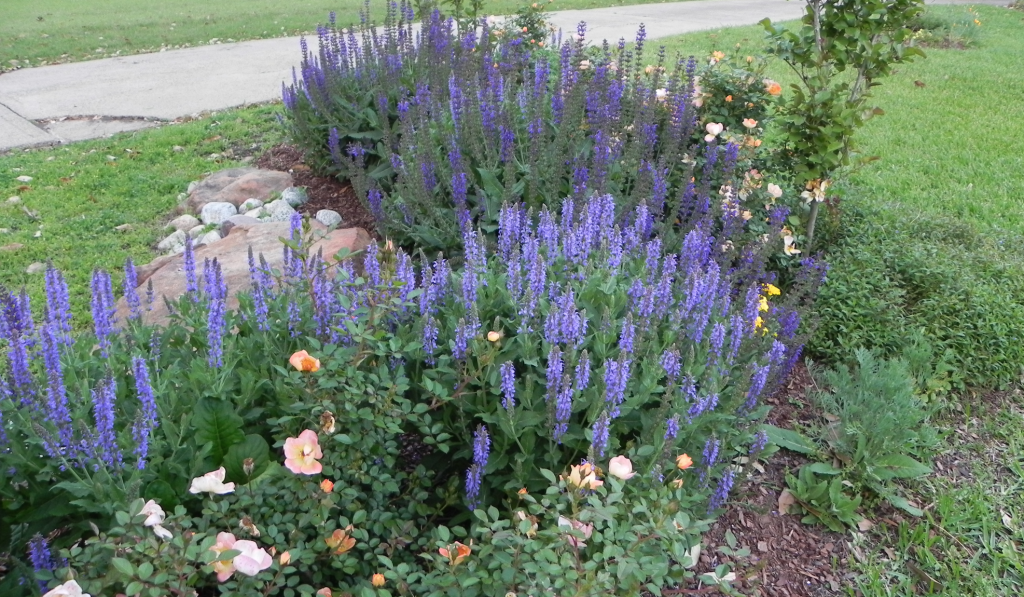
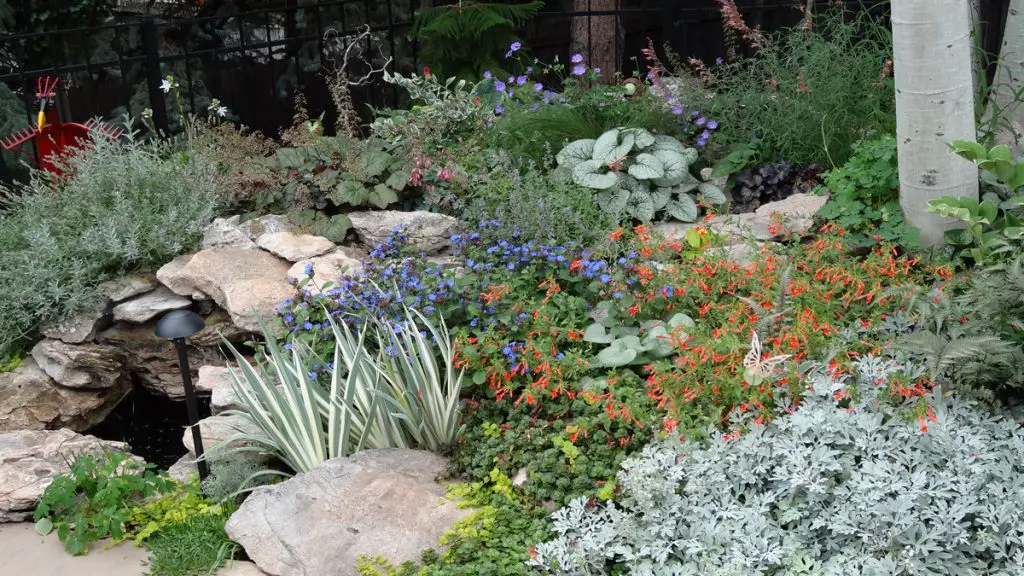
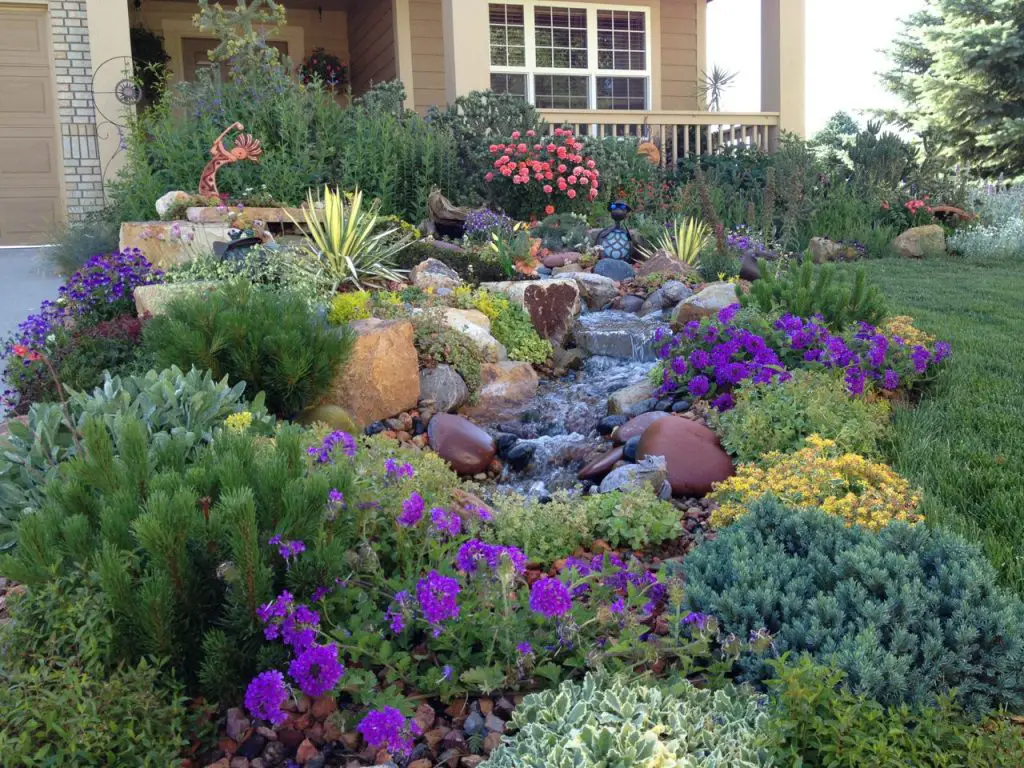
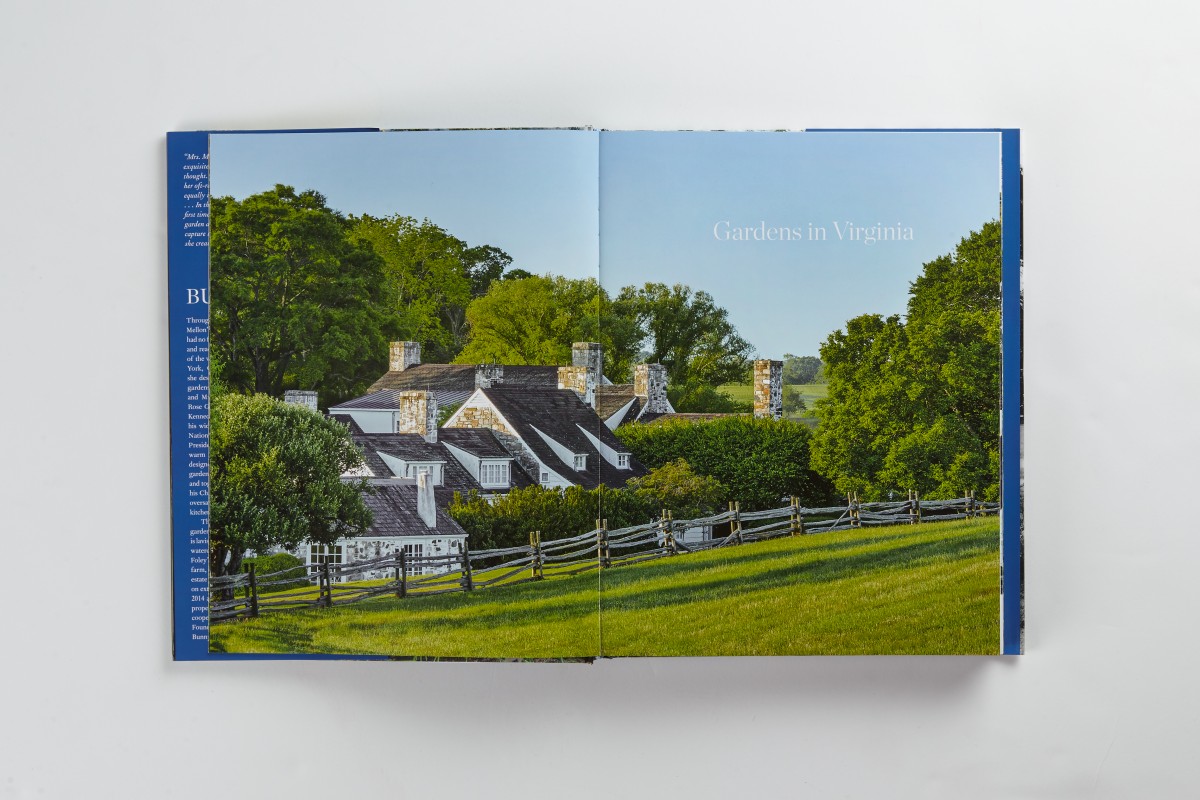
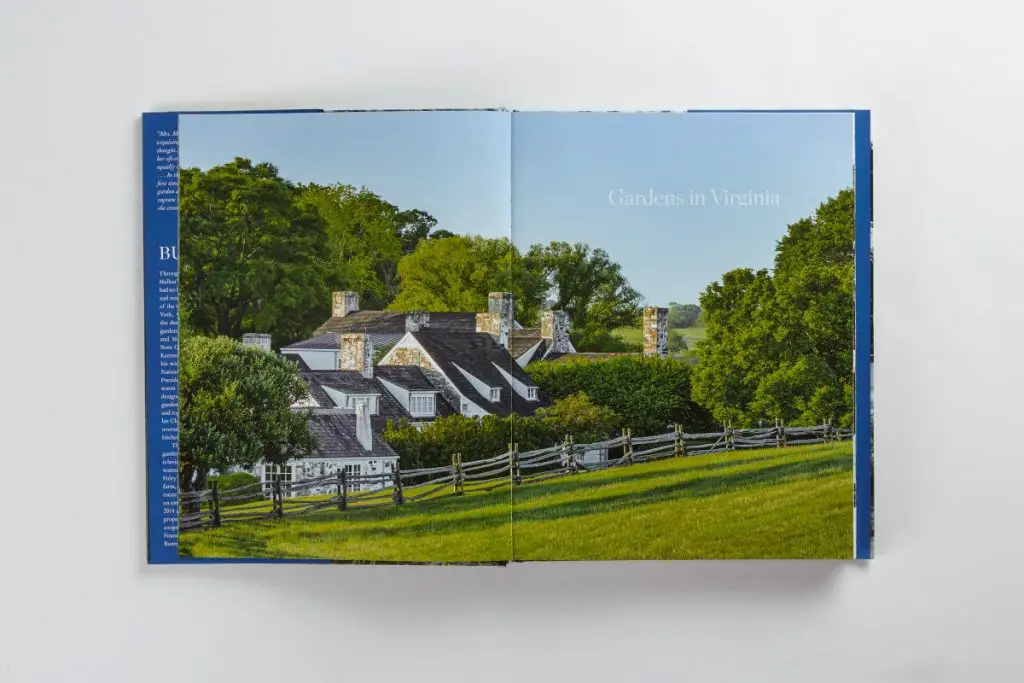
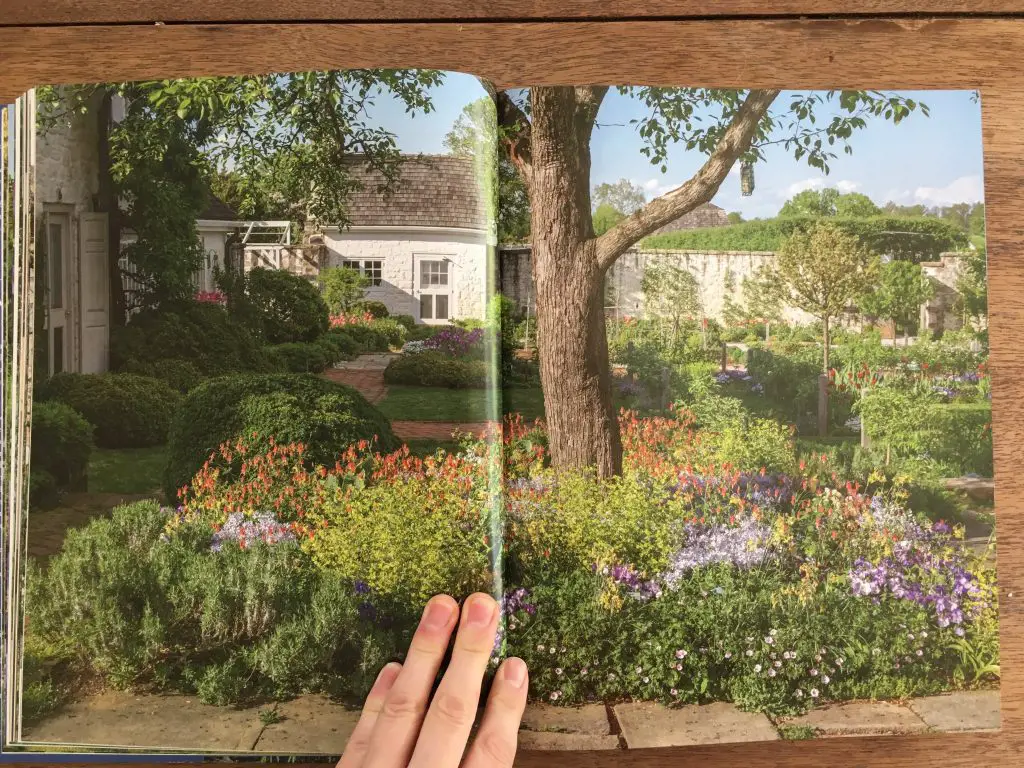
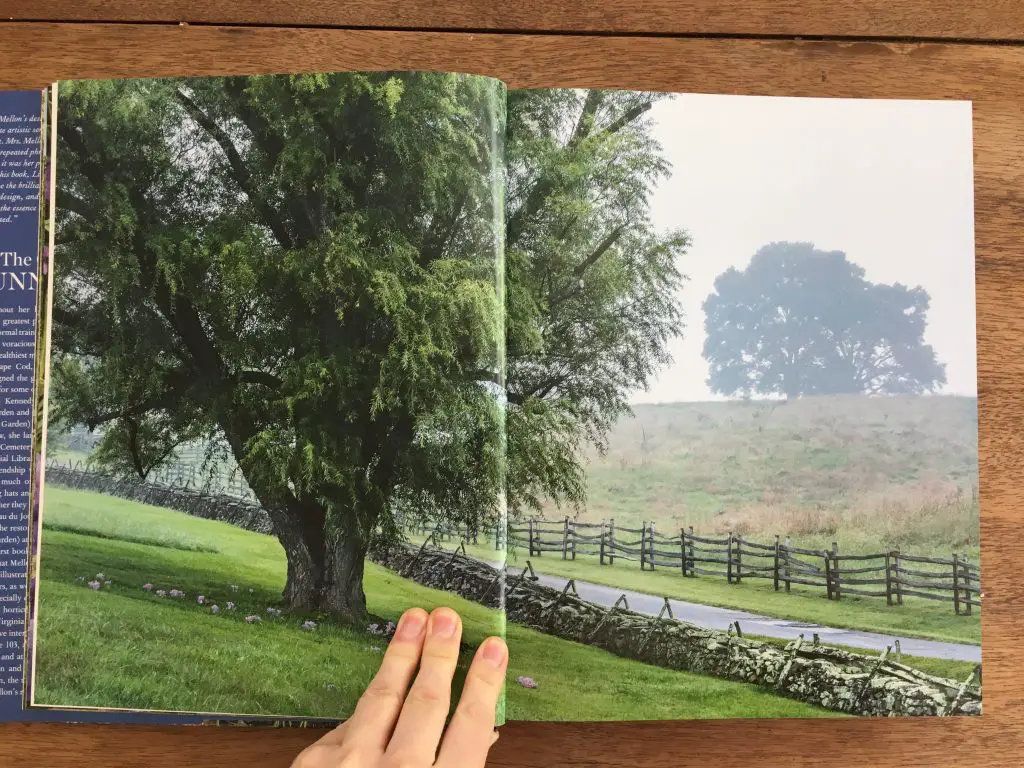
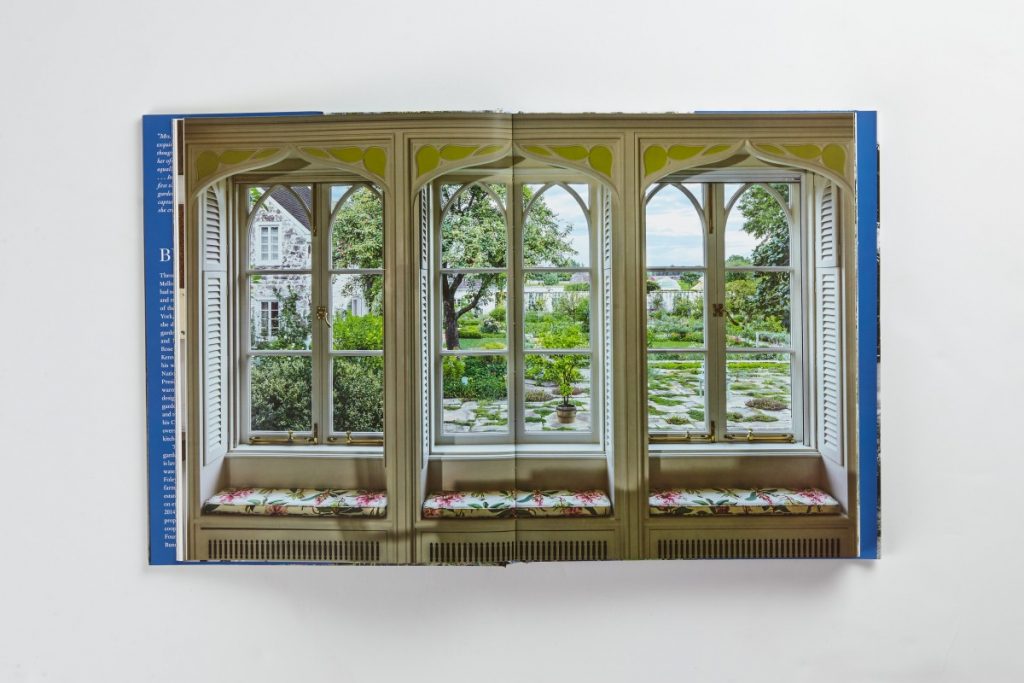
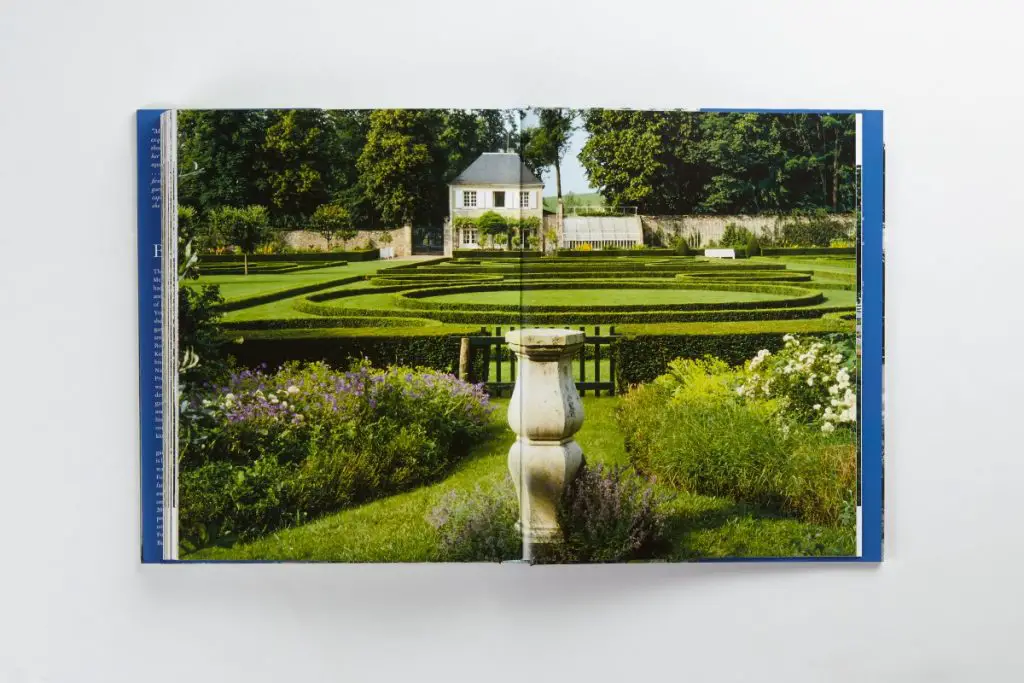
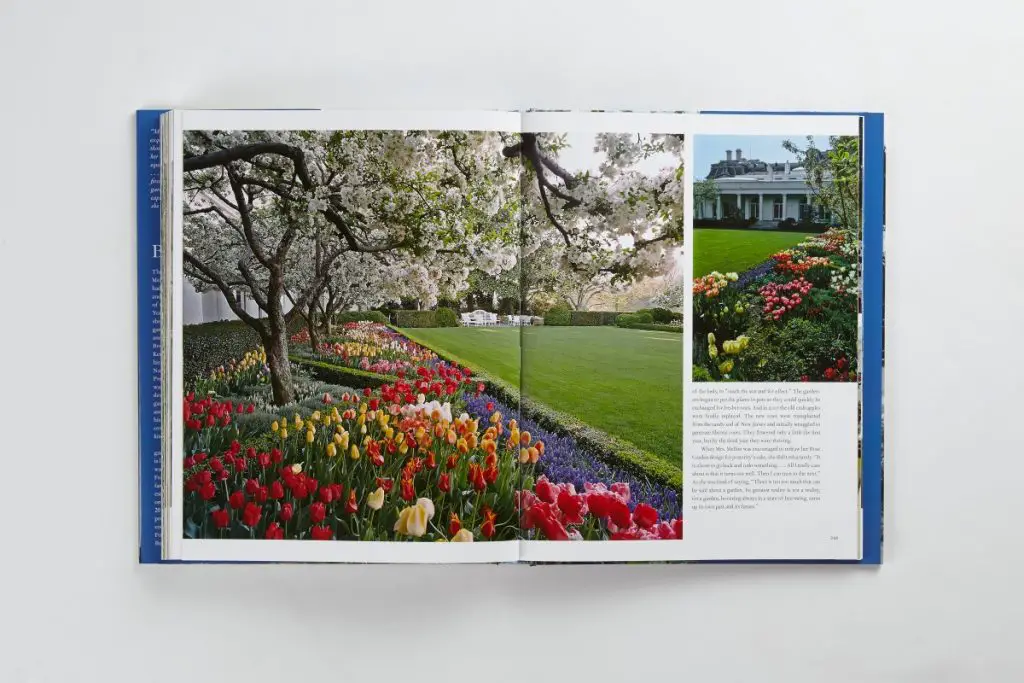
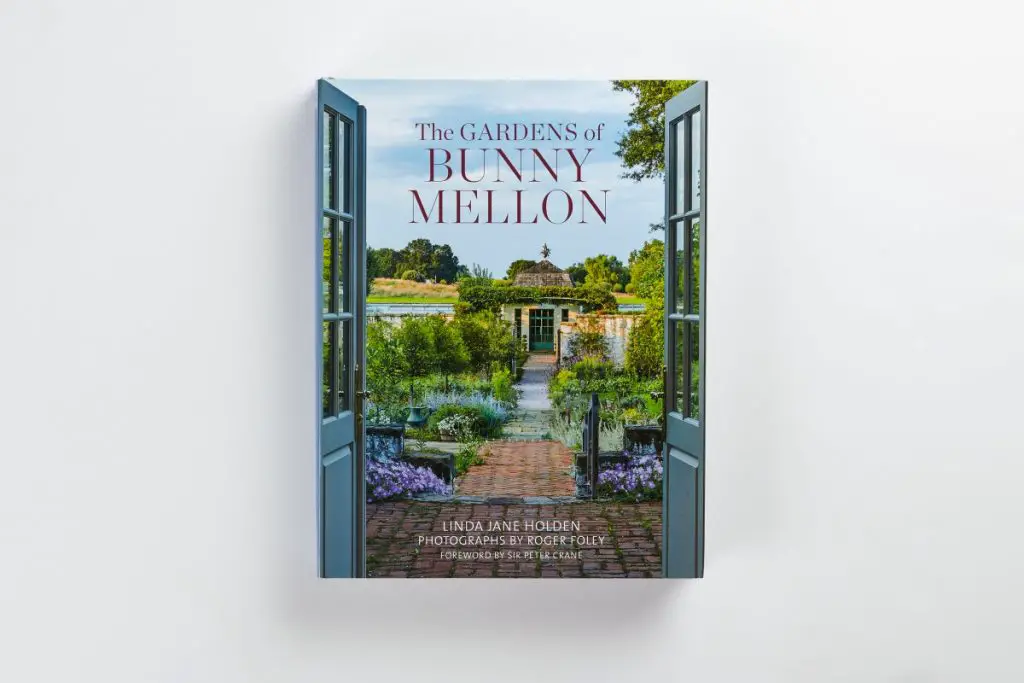
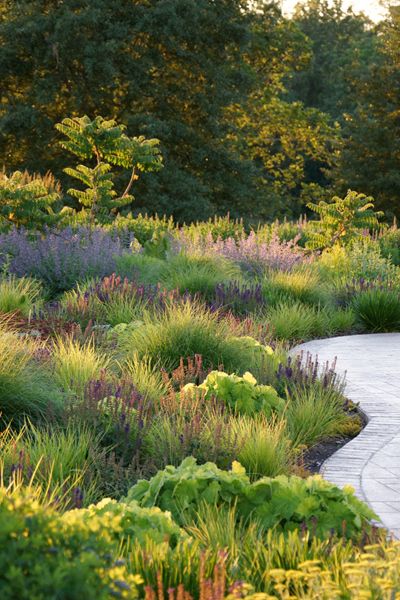


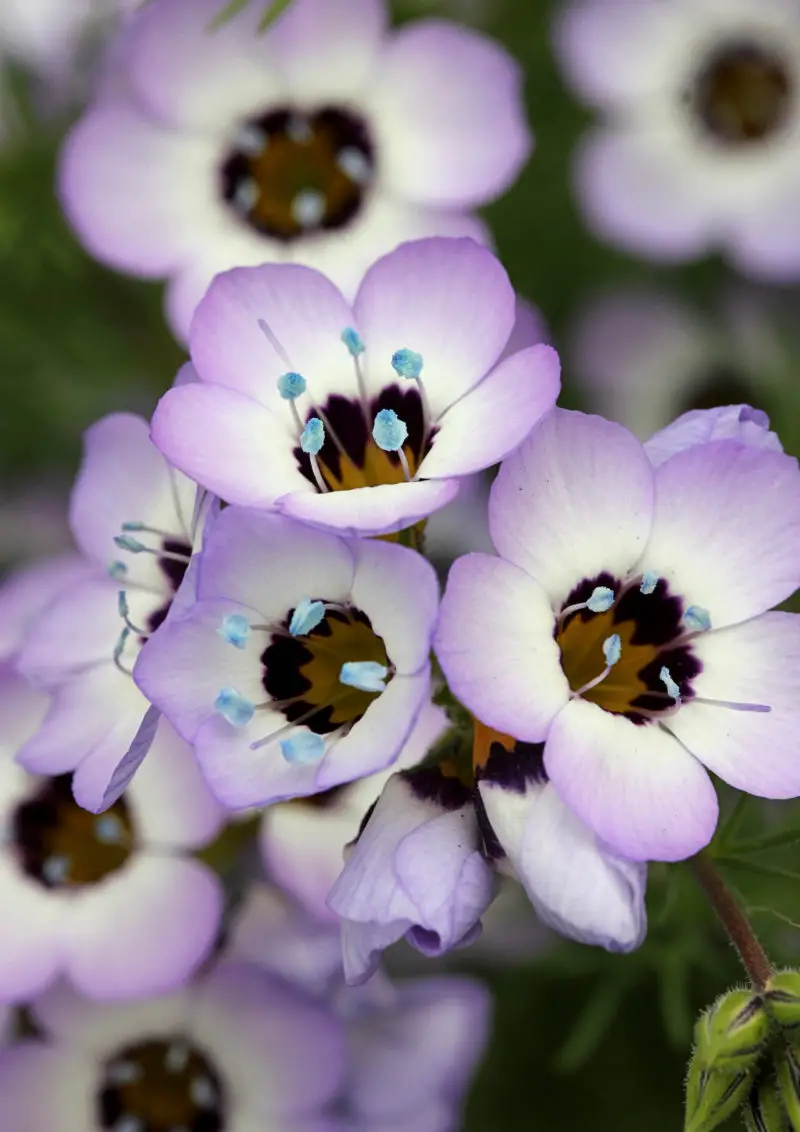
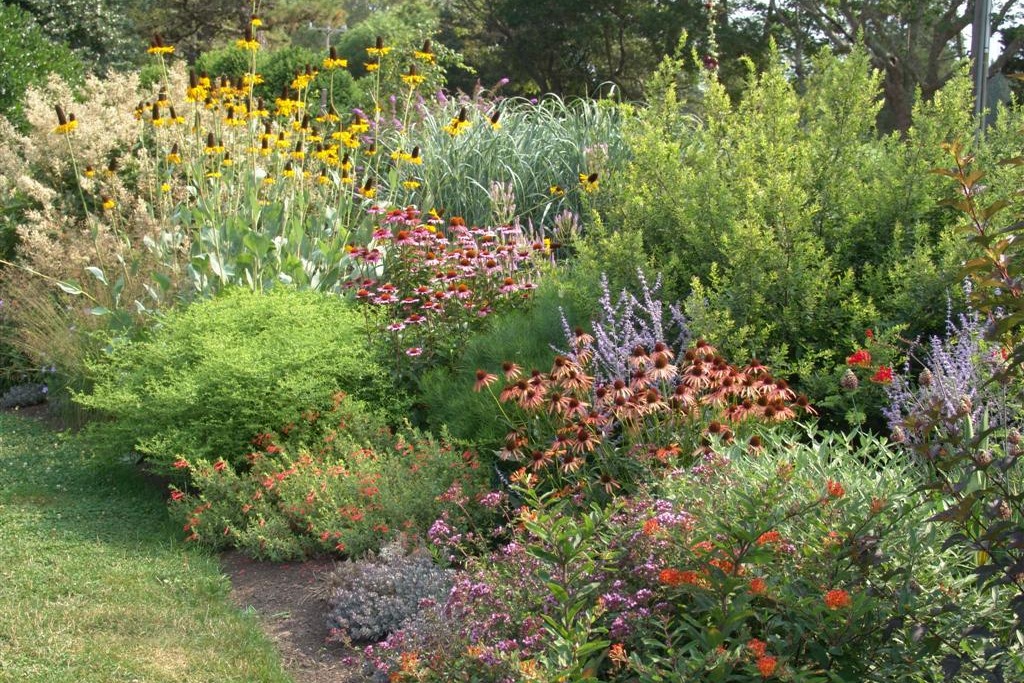

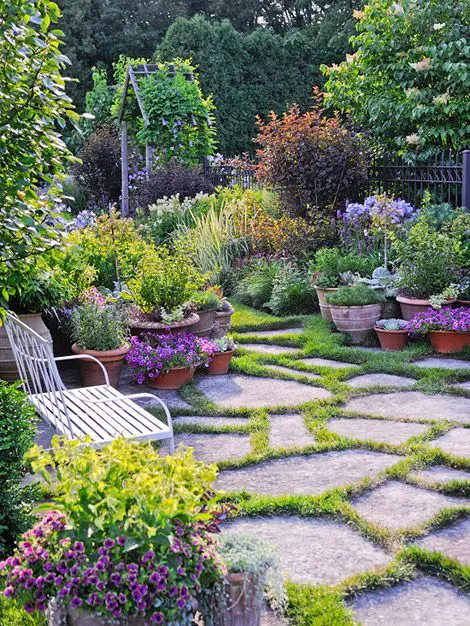

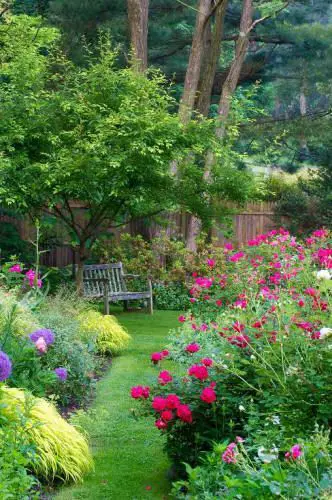


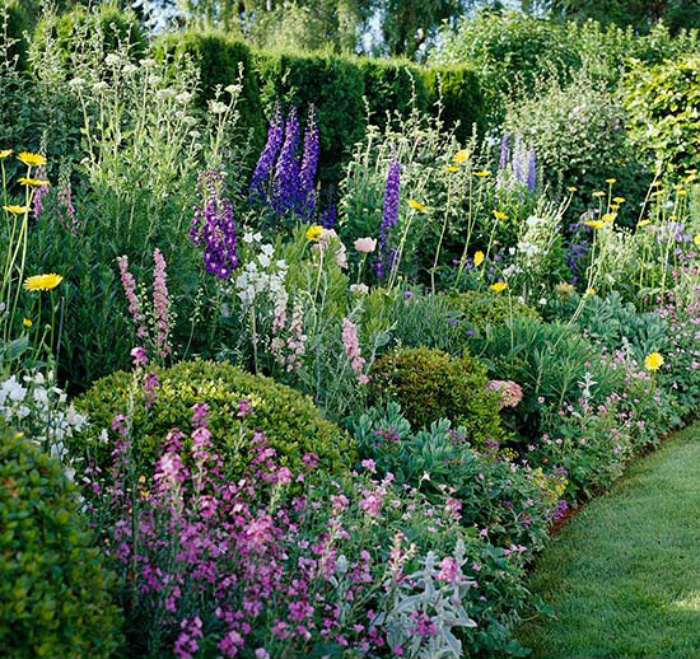
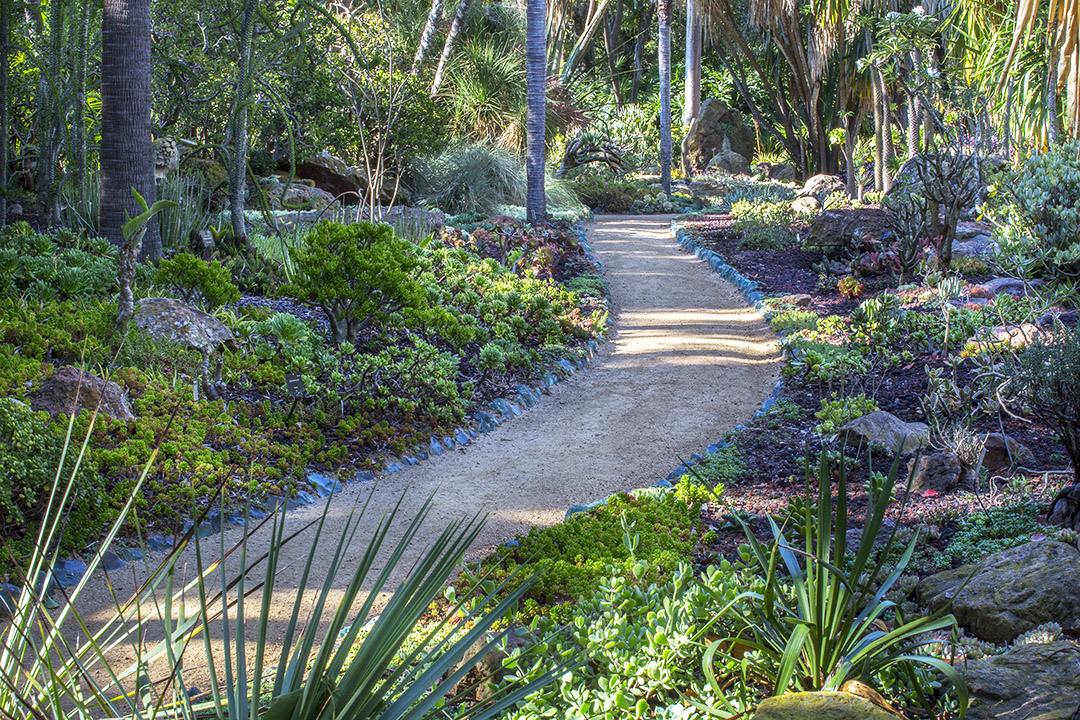


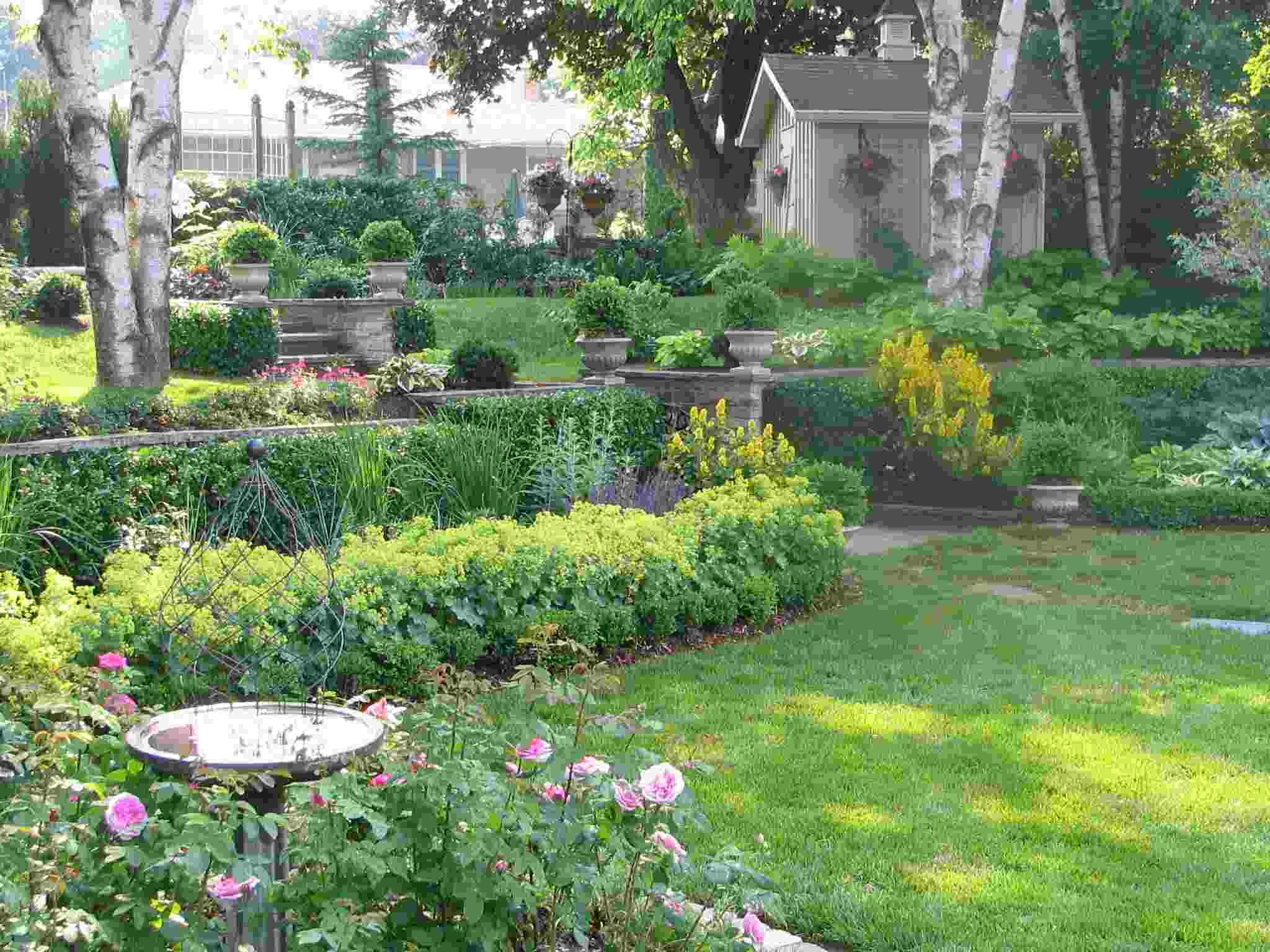
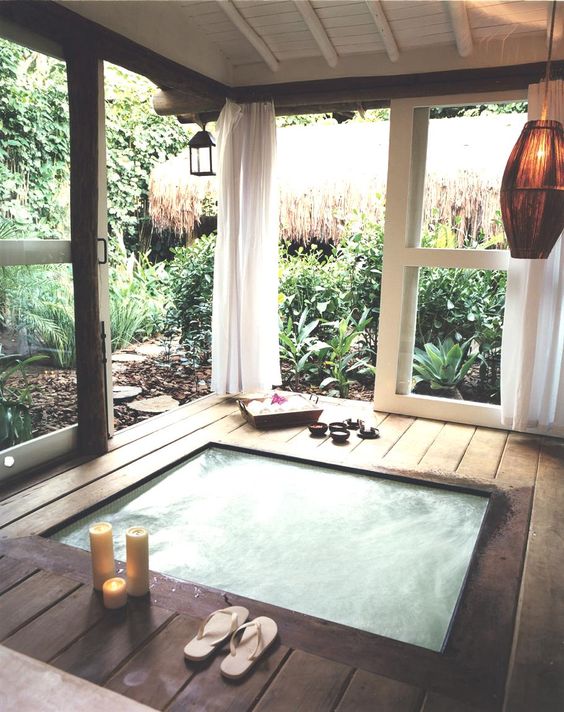
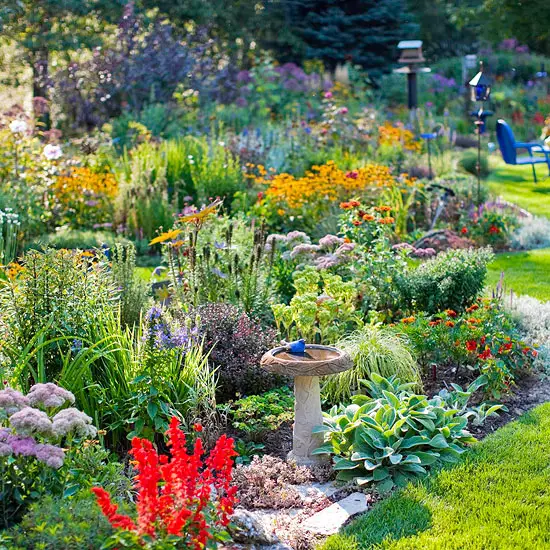
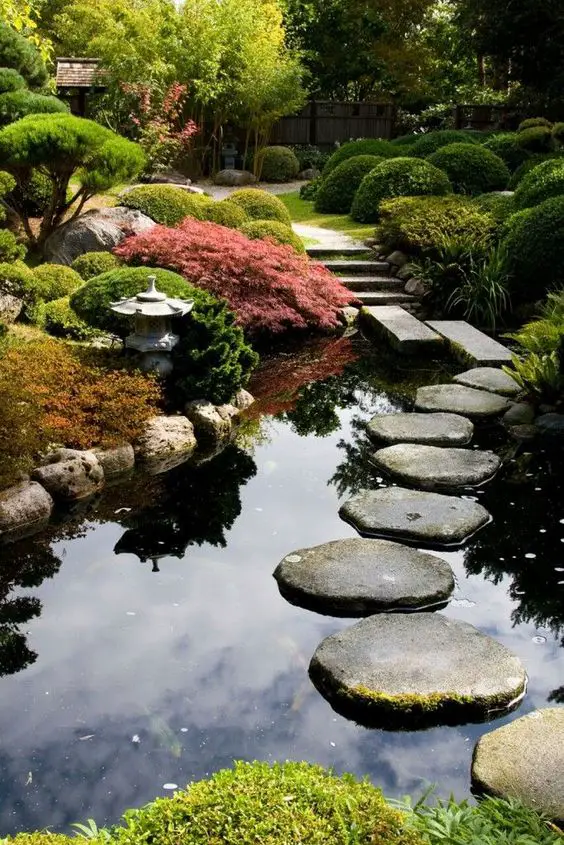

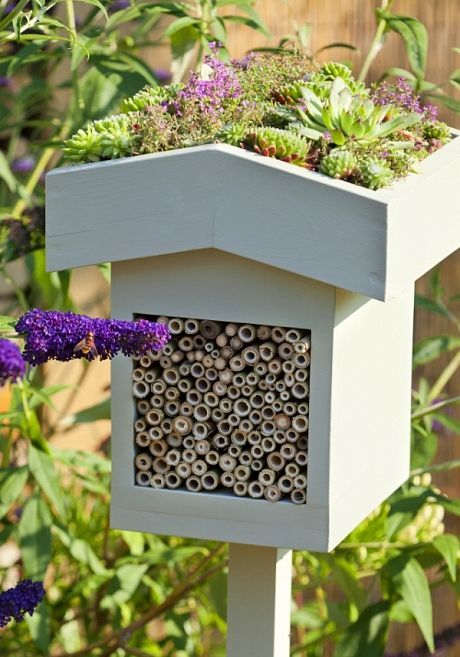
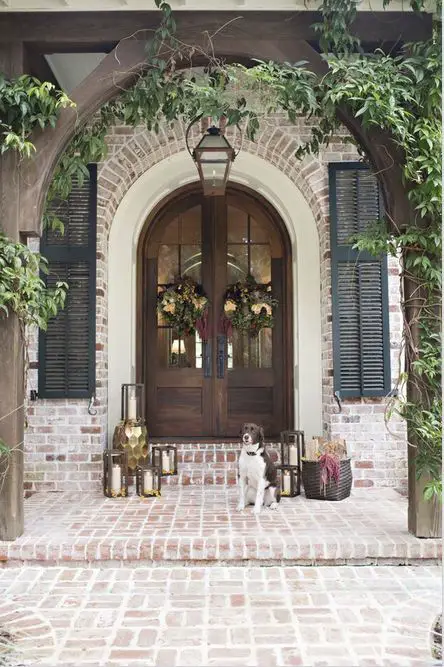

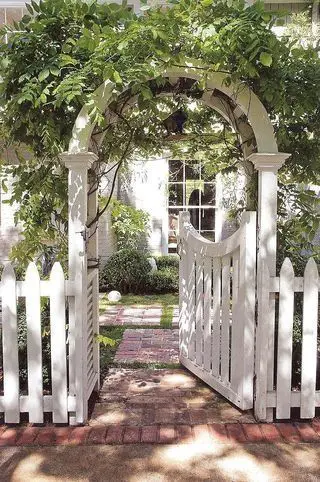
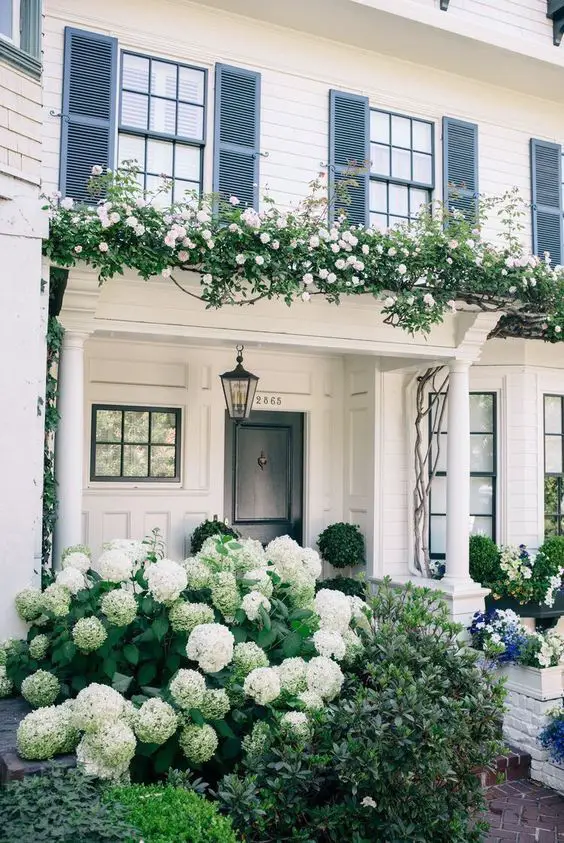
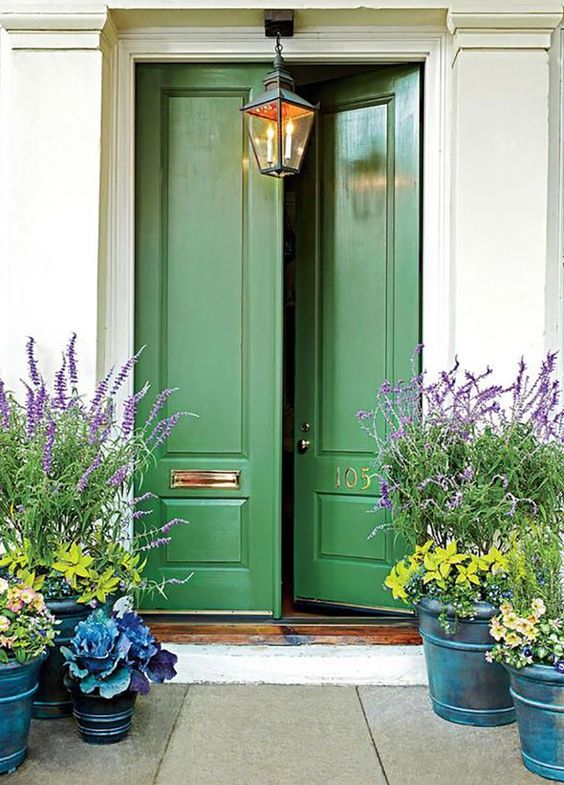


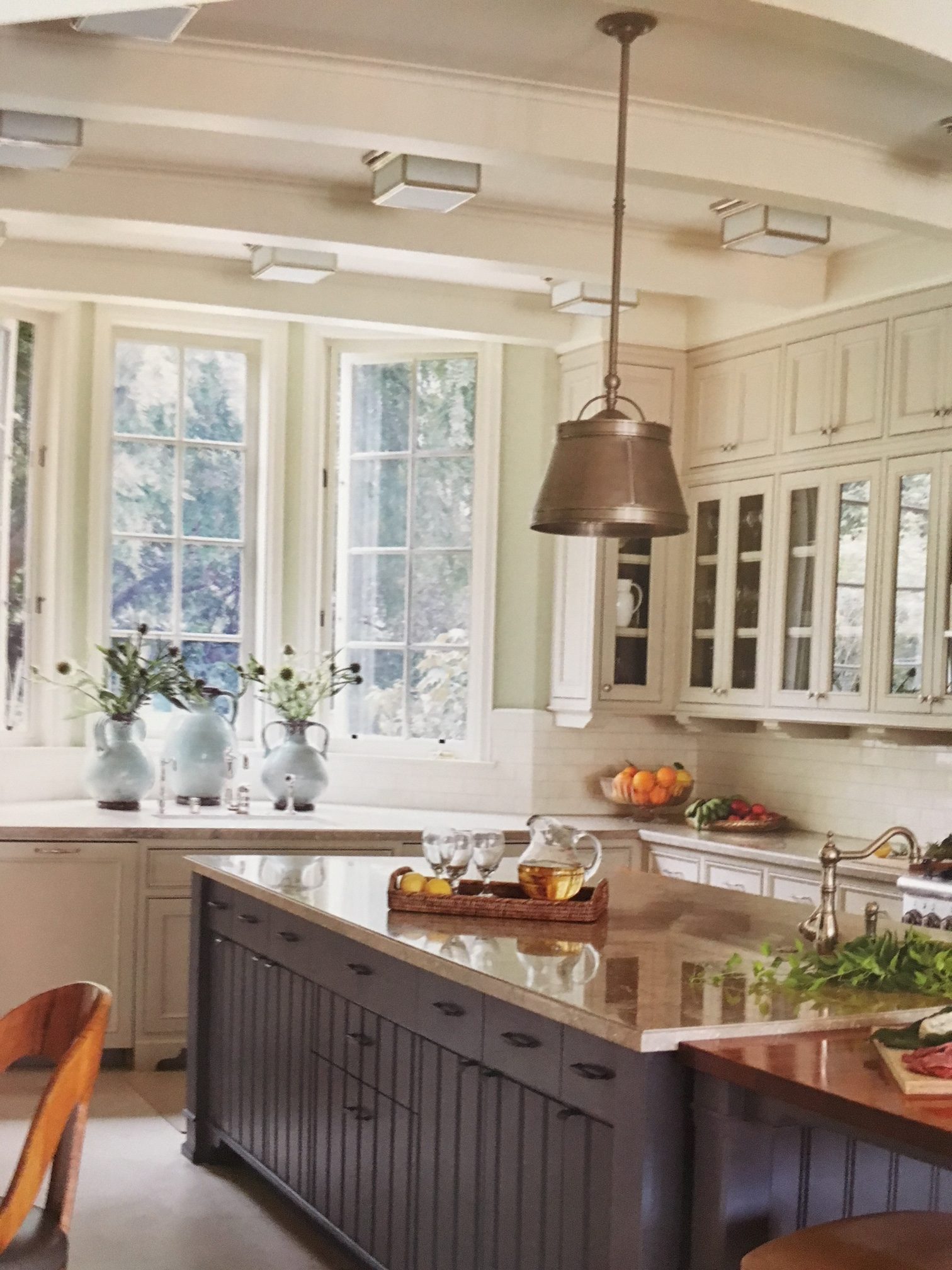
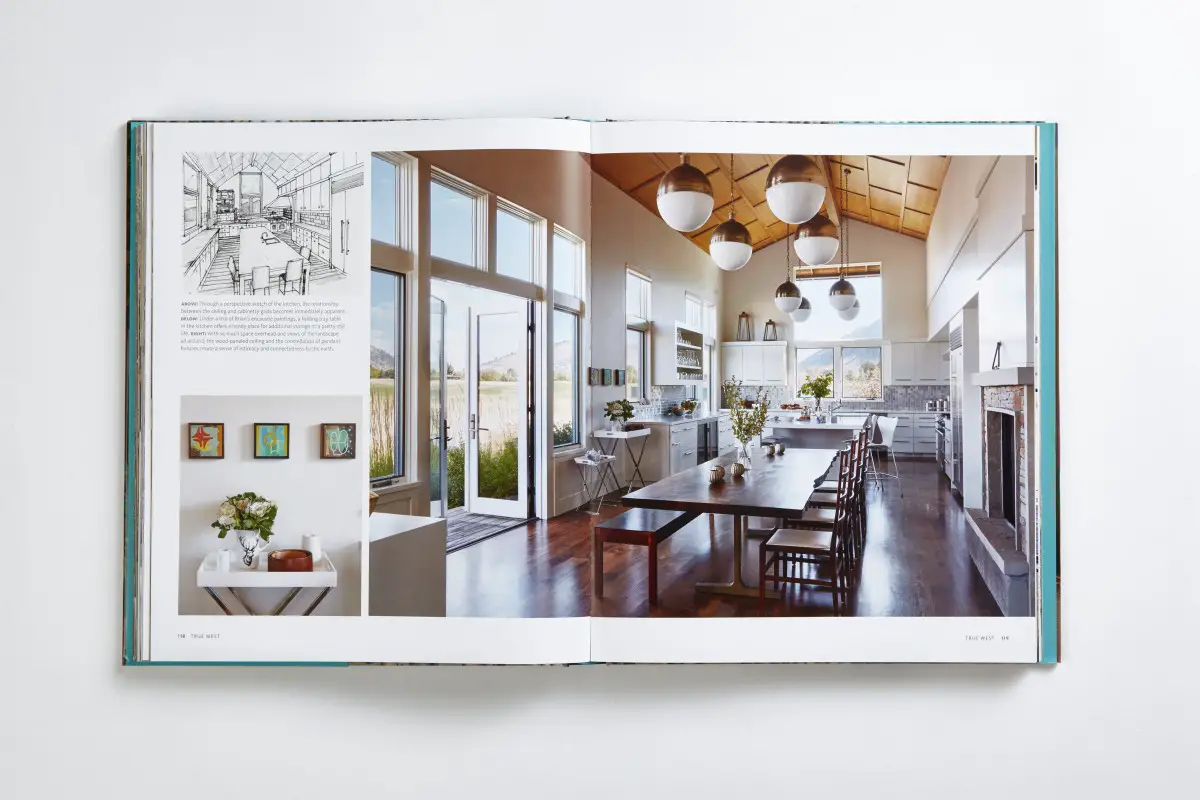
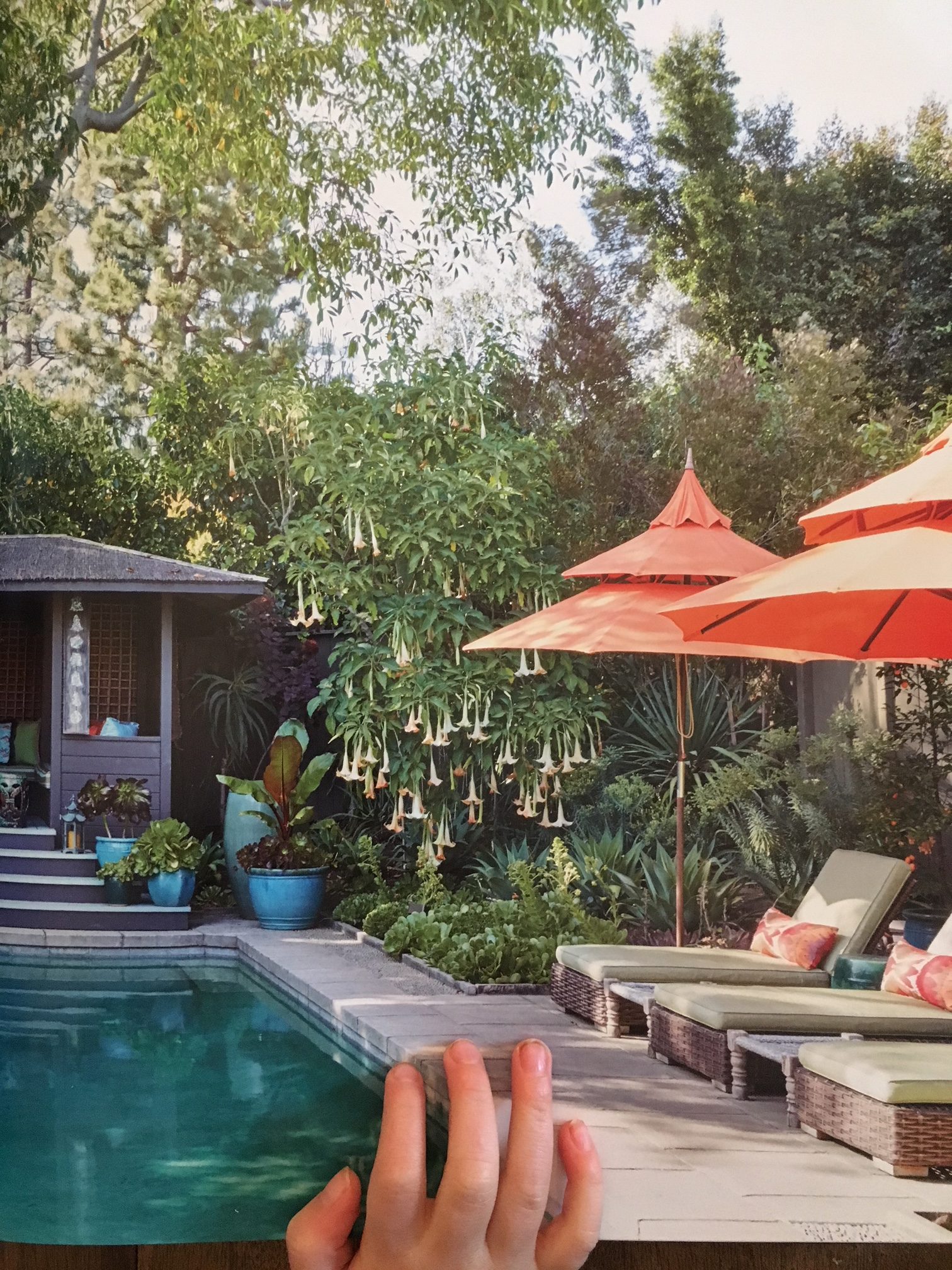
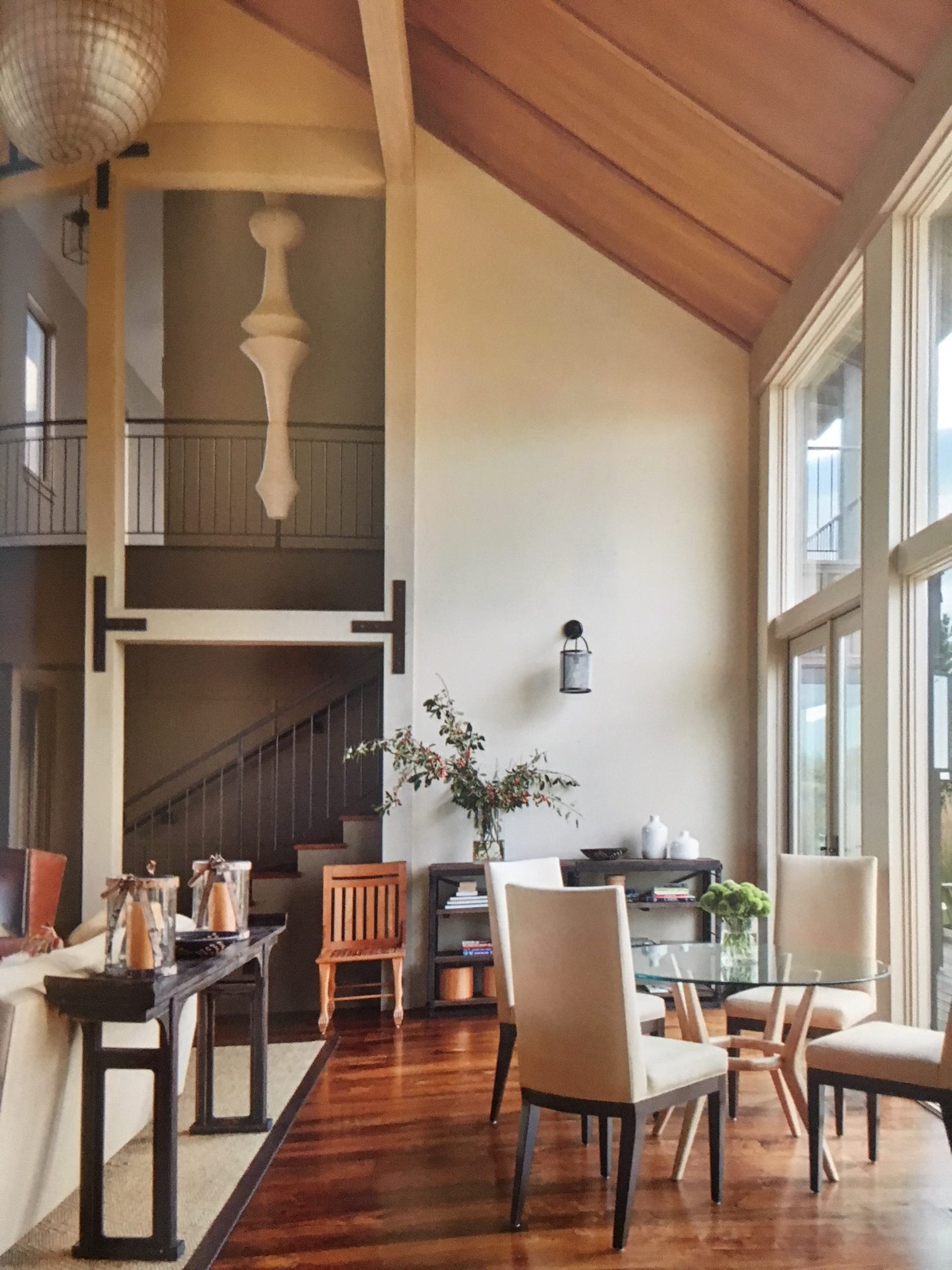
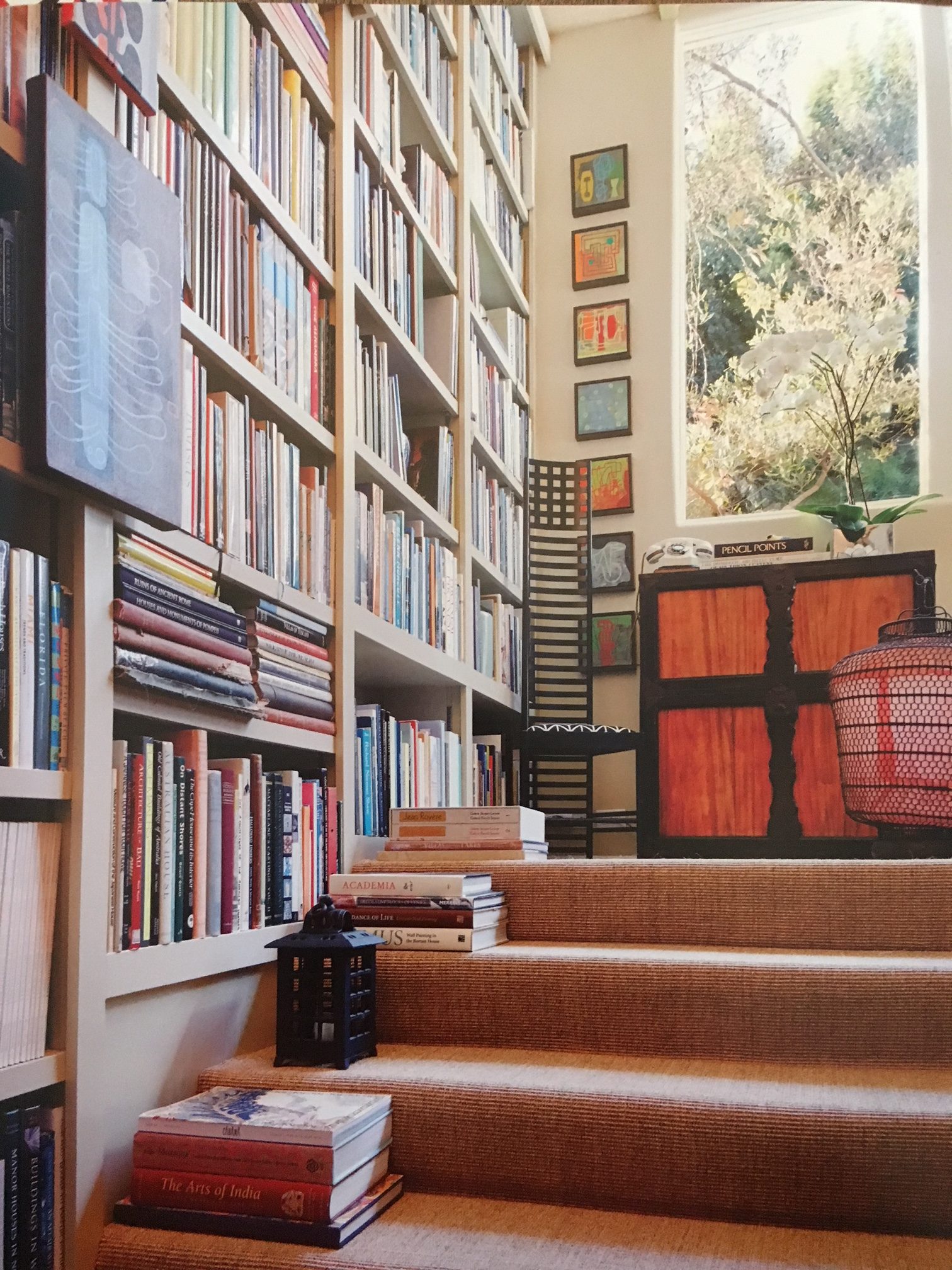
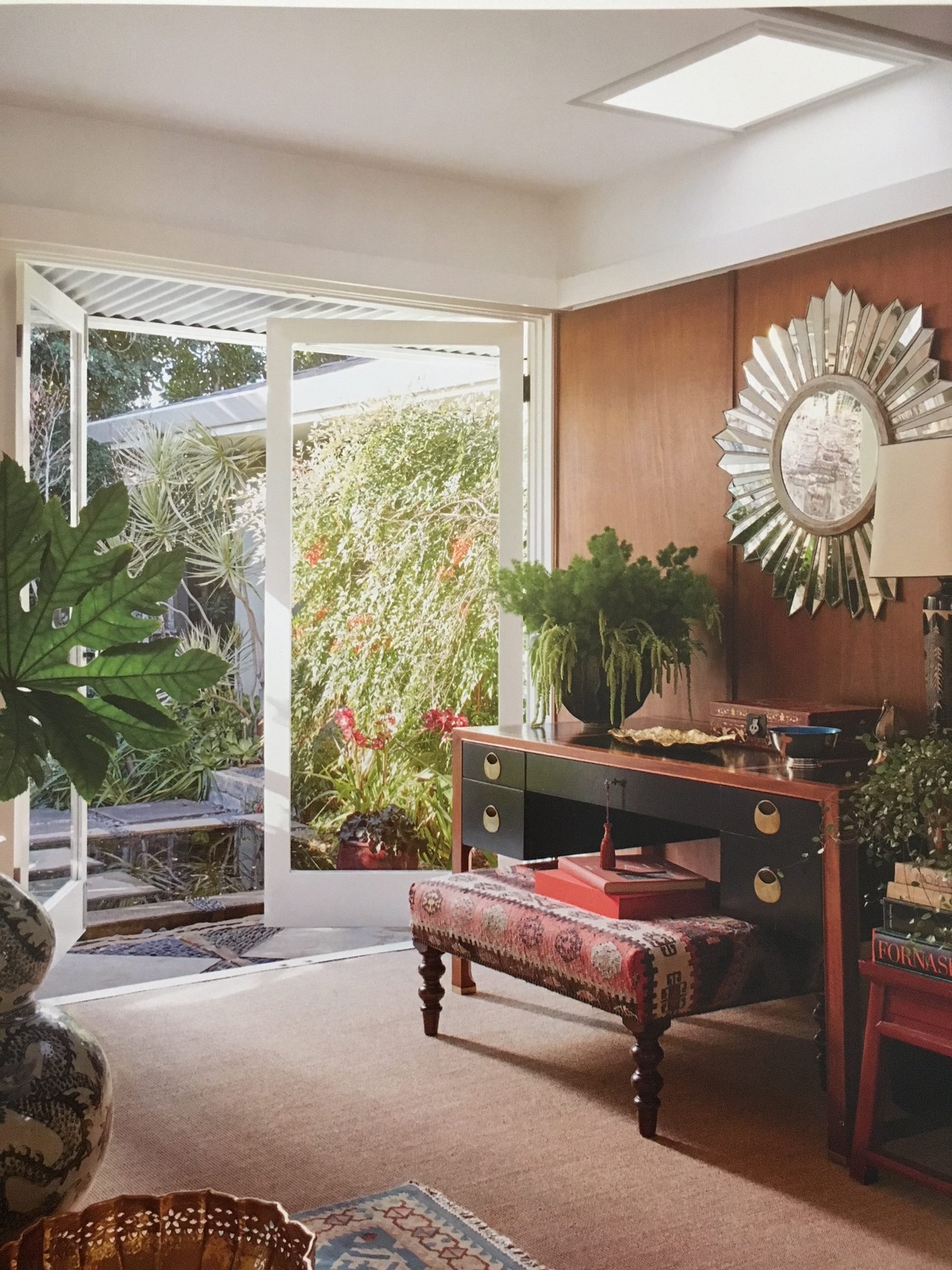


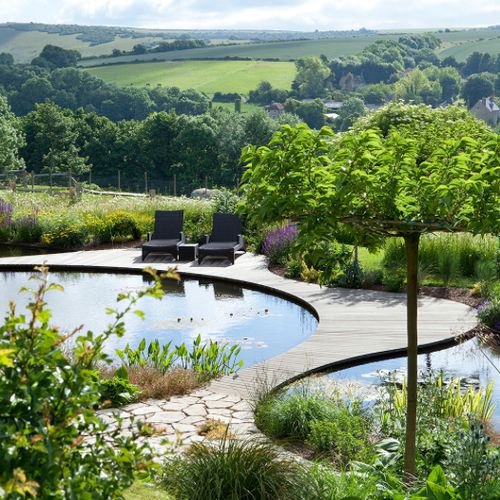
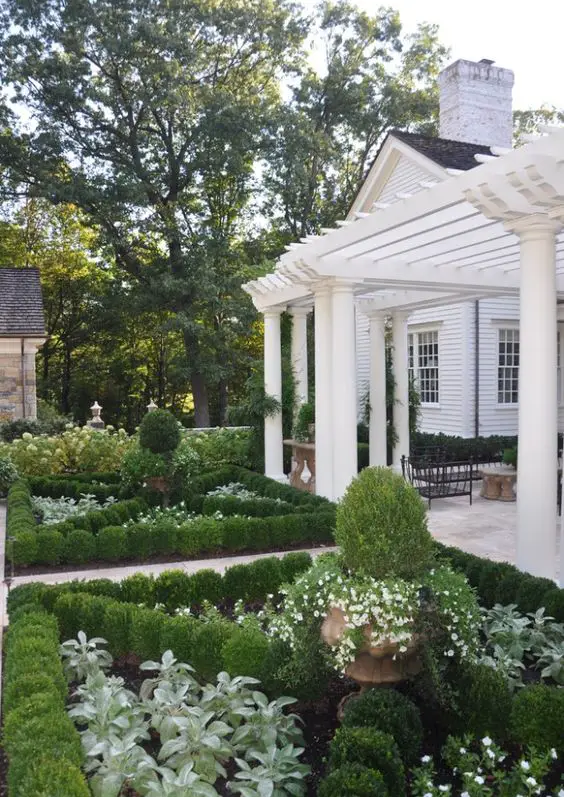
 image via Elements of Style
image via Elements of Style